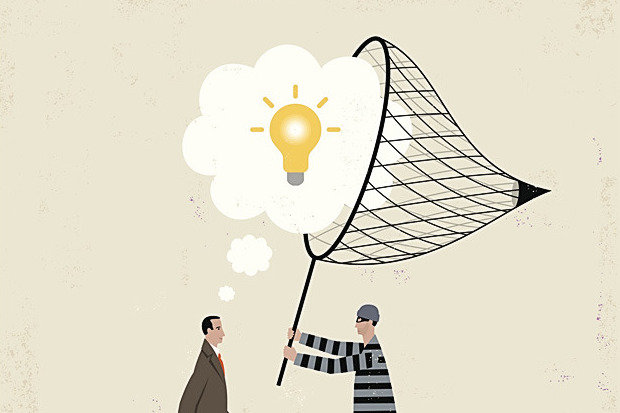The Evolution of IP protection in China
May 10, 2019

China has been heavy in the media lately, mostly because of the US-China Trade War. However, a recent article from the Economist’s Schumpeter blog caught our eye. In the midst of all the news on tariffs, this article, Chinese Firms are not all serial intellectual-property thieves, actually highlights some of the more positive news coming out of China recently.
Intellectual Property (IP) has been a concern for importers since China opened for foreign trade. We previously wrote about contracts and which ones to use to ensure the safety of your IP, IP Proction: NDA or NNN. Recently, according to the above referenced article, a museum has opened in Tiananmen Square honoring American IP protection and was surprisingly well received, especially considering that China only granted its first patent in 1985 (first patent in US was in 1790).
As the article states, the current US administration’s stance on IP in relation to the Trade War gives the impression that the main focus of the Chinese is to steal from Westerners. But Chinese laws on IP have actually improved dramatically in recent years, and fast.
The article highlights two infamous software and trademark violation cases, that of Disney and Michael Jordan settled in 2016, but issues of piracy in China go back decades. Some would cite this as one of the main reasons why Westerners have a negative perception about China.
We have, also, recently started a blog series on this topic as well, Made In China: Quality and Perception. Testament to this negative perception is the fact that 44% of the world’s patent filings in 2017 were related to China, according to the article.
Luckily, as Schumpeter points out, “when foreigners do litigate in China. . . they have a higher win rate in patent cases than domestic ones, and are awarded more damages overall.” This is interesting, as others have argued that it’s easier to litigate domestic patent cases.
The China Law Blog also states:
[S]uch lawsuits in China ‘are less time-consuming and less costly than in the U.S. and the country’s courts have developed rapidly over the past several years.’ And, ‘if an injunction is granted in China, it wouldn’t only apply to products sold in the country using the patent in question, but also to the exports of such goods made in China, giving the plaintiff a possible bargaining tool for a licensing deal.’
Schumpeter further notes that most international patents in 2017 came from the Chinese company Huawei. And according to an Alibaba executive, Chinese firms continue to grow, especially in Southeast Asia, and they too have had issues with IP protection. This is interesting to highlight: IP protection isn’t just an issue for western importers but the Chinese as well. And partly because of this, China has become more diligent about protecting ideas.
Despite the progress China has made towards greater IP protection, there are still many loop holes in the IP system, especially in inland regions where local courts are more subject to meddling by provincial government officials looking to protect local copycats. Westerners can protect themselves against this interference by employing a number of IP Protection practices, such as applying for a patent in China, protecting sensitive material, and monitoring access to materials and information.
The Economist article concludes by suggesting that Western pressure has actually helped improve IP protection in China. Without the pressure, IP might not have come so far, as the concept did not initially fall in line with traditional Chinese Communist culture, in which everything belongs to everybody. However, now that Chinese companies are becoming more innovative and needing protection for their own ideas as well, IP protection is becoming better enforced for all.
What measures do you take to protect your IP? And what is your experience with IP in China? Share your experiences with us in the comments below!
By Jocelyn Trigueros
